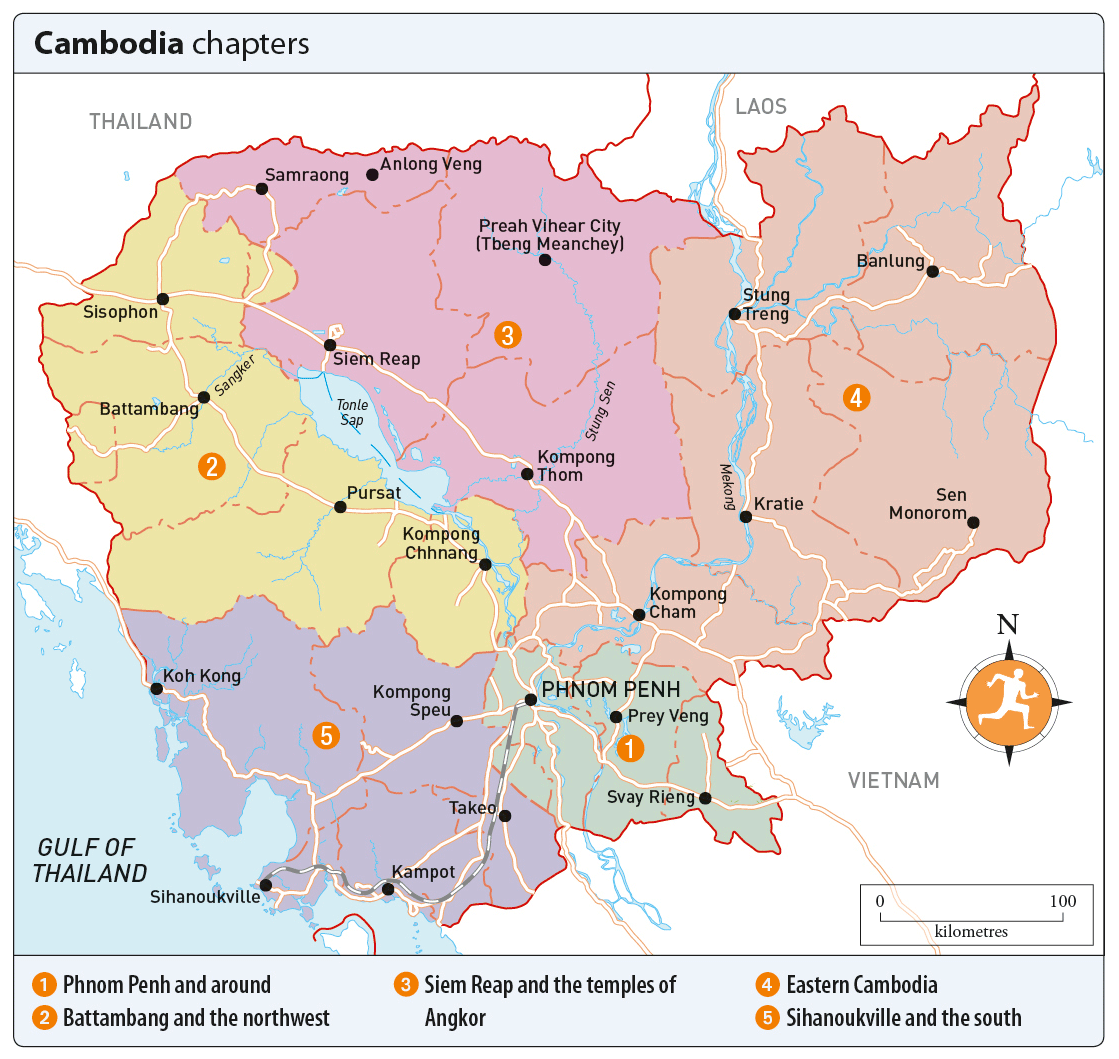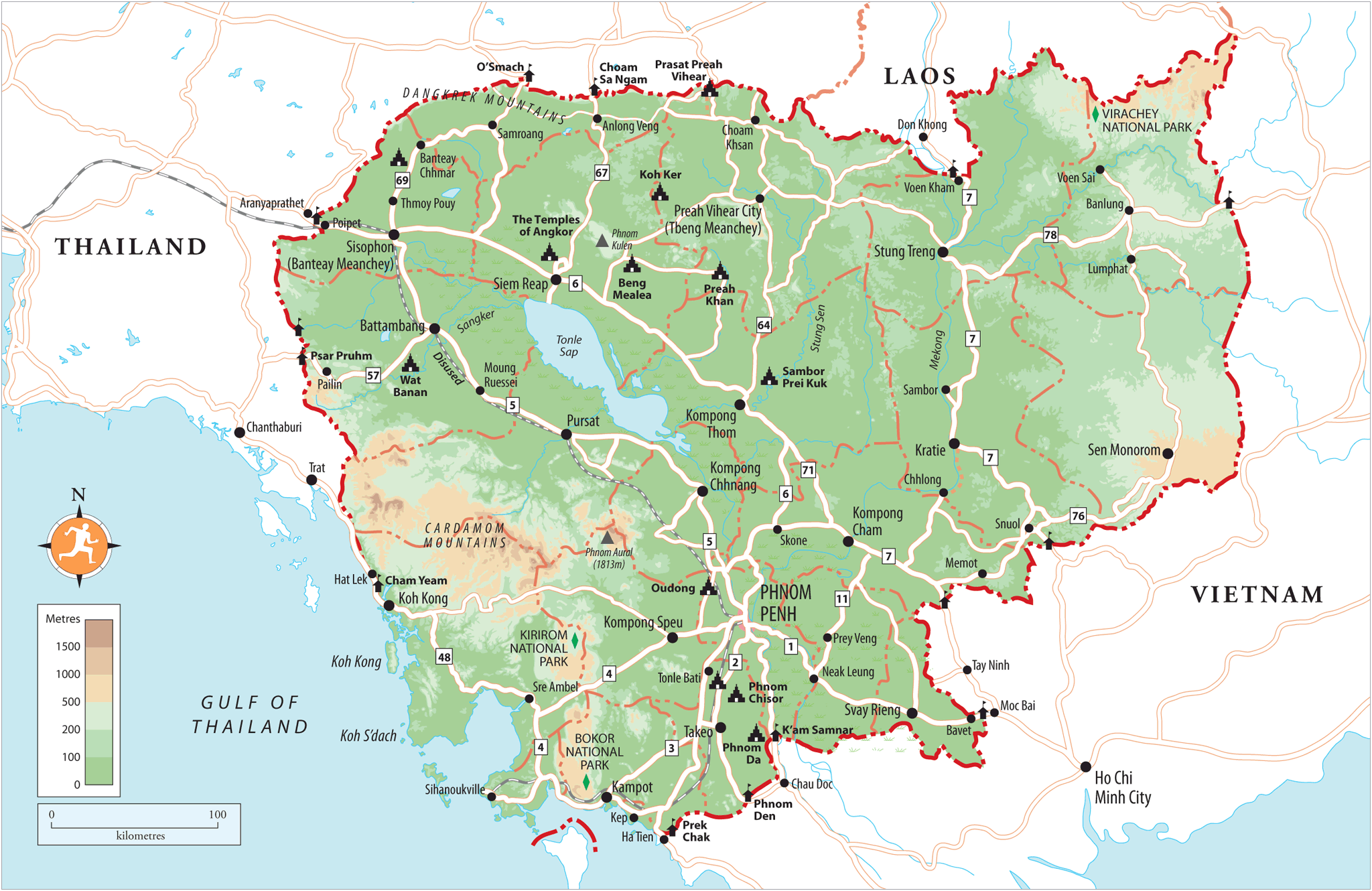HOW TO USE THIS ROUGH GUIDE EBOOK
This Rough Guide is one of a new generation of informative and easy-to-use travel-guide ebooks that guarantees you make the most of your trip. An essential tool for pre-trip planning, it also makes a great travel companion when youre on the road.
From the section.
Detailed area maps feature in the guide chapters and are also listed in the , accessible from the table of contents. Depending on your hardware, you can double-tap on the maps to see larger-scale versions, or select different scales. There are also thumbnails below more detailed maps in these cases, you can opt to zoom left/top or zoom right/bottom or view the full map. The screen-lock function on your device is recommended when viewing enlarged maps. Make sure you have the latest software updates, too.
Throughout the guide, weve flagged up our favourite places a perfectly sited hotel, an atmospheric caf, a special restaurant with the author pick icon  . You can select your own favourites and create a personalized itinerary by bookmarking the sights, venues and activities that are of interest, giving you the quickest possible access to everything youll need for your time away.
. You can select your own favourites and create a personalized itinerary by bookmarking the sights, venues and activities that are of interest, giving you the quickest possible access to everything youll need for your time away.
INTRODUCTION TO CAMBODIA
Cambodia is a small country with a big history. Now a modest player on the world stage, this was once the seat of one of Asias most magnificent early civilizations, the mighty Khmer Empire of Angkor, whose legendary temples continue to provide a touchstone of national identity as well as attracting millions of visitors every year. Away from the temples, much of the country remains refreshingly untouristed and, in many places, largely unexplored.
Cambodias sleepy towns and cities are a delight, with their faded colonial architecture and old-fashioned charm, while in the countryside a host of memorable landscapes await, from the mighty Mekong River and great Tonle Sap lake to the remote forested highlands of Rattanakiri, Mondulkiri and the Cardamom Mountains. Down south, in complete contrast, the coast serves up a beguiling cocktail of nonstop-party hedonism, idyllic beaches and magical islands.
Much of Cambodias appeal derives from its slightly anachronistic, faintly time-warped character. Compared to the far more populous and economically developed countries of Thailand and Vietnam that hem it in on either side, Cambodia remains an essentially rural society, and something of a regional backwater. The countrys provincial hinterlands appear to have changed little in generations, offering a refreshing throwback to an older and simpler era (from the outside at least), with beautiful stilted wooden houses set amid a patchwork of rice paddies and sugar palms. And although living standards for most of the population are basic in the extreme, Cambodians as a whole remain among Asias friendliest and most welcoming people.
Its perhaps this warmth and hospitality which most impresses many visitors to Cambodia and which is all the more astonishing given the countrys tragic recent past. For many, Cambodia remains synonymous with the bloody excesses of the murderous Khmer Rouge regime, whose delusional leaders succeeded in killing or causing the deaths of perhaps two million or more of their fellow citizens around twenty percent of the population. Not until 1998 were the Khmer Rouge driven from their final strongholds, and even now many of their former cadres occupy positions of power and responsibility, not least premier Hun Sen, the nations leader since 1985. Unsurprisingly, emotional scars from this period run deep and through every layer of Cambodian society the memory of a nightmare from which the country is only slowly and painfully awakening.
FACT FILE
- Cambodia is about one and a half times the size of England roughly the same area as the US state of Oklahoma.
- Cambodias population is around 16 million , of which 98 percent is Khmer. The remainder consists of ethnic Chinese and Vietnamese (together just over one percent), the Cham and the chunchiet.
- Theravada Buddhism is practised by 96 percent of the population, alongside some animism and ancestor worship; the Cham are Muslim.
- Cambodia is a constitutional monarchy , with an elected government comprising two houses of parliament, the National Assembly and the Senate.
- Average annual income is just $1200 per capita, making Cambodia the second-poorest country in Southeast Asia (after Myanmar and compared to a per capita income of $5800 in neighbouring Thailand). Average life expectancy, though improving, is just 64 years.
- Cambodia has one of the worlds highest rates of deforestation . Logging increased by almost 15 percent between 2001 and 2014 a loss of over 5500 square miles of forest.
- Cambodia has changed its name more frequently than almost any other country in the world. Within the past half-century its been known variously as the Khmer Republic (197075), Democratic Kampuchea (under the Khmer Rouge, 197679) and the Peoples Republic of Kampuchea (197989). Its now officially called the Kingdom of Cambodia.
- The Cambodian flag is embellished with an image of Angkor Wat one of only two national flags in the world (along with Afghanistan) with a picture of a building on it.
Where to go
Dubbed the Pearl of Asia during its colonial heydey, Phnom Penh remains one of Southeast Asias most engaging capitals: big enough (and with sufficient anarchic traffic and urban edge) to get the pulse racing, but still retaining a distinct small-town charm, its tree-lined streets fringed with ramshackle old French-colonial buildings and dotted with rustic temples and bustling markets. The heart of the city is the beautiful riverfront, backdropped by the magnificent Royal Palace and Silver Pagodas colourful stupas, while further afield, the contrastingly sombre Toul Sleng Genocide Museum provides harrowing reminders of the countrys tragic recent past.
The main reason that most people come to Cambodia, however, is to visit the world-famous temples of Angkor . Dozens of magnificent monuments dot the countryside here, rising out of the enveloping forest like the archetypal lost-in-the-jungle ancient ruins of every Hollywood film-makers wildest dreams. Top of most visitors lists are the unforgettable Angkor Wat , with its five soaring corncob towers; the surreal Bayon , plastered with hundreds of superhuman faces; and the jungle temple of Ta Prohm , its crumbling ruins clamped in the grip of giant kapok trees. Its also well worth heading further afield to escape the crowds and visit other Angkorian monuments, including beautiful Banteay Srei , covered in an extravagent flourish of carvings; the jungle-smothered ruins of Beng Mealea ; the sprawling city-temple complex of Koh Ker ; and, especially, the magnificant Prasat Preah Vihear , dramatically situated on top of a mountain above the Thai border. Gateway to the temples is vibrant Siem Reap Cambodias principal tourist town, but retaining plenty of idiosyncratic charm, and well worth a visit in its own right. From Siem Reap, looping around the great Tonle Sap lake an attraction in itself, home to dozens of remarkable floating villages brings you to Battambang , one of the countrys most engaging cities.

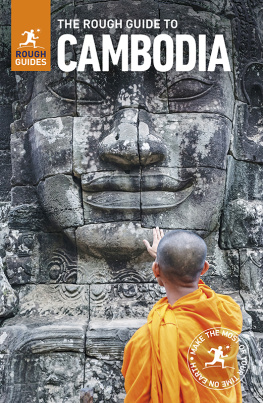
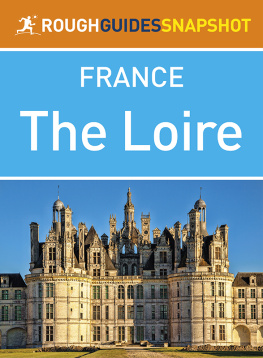

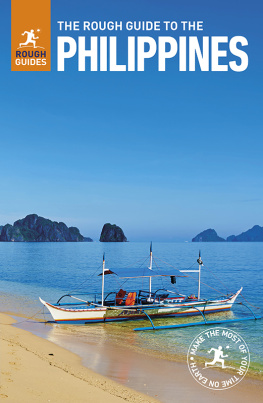
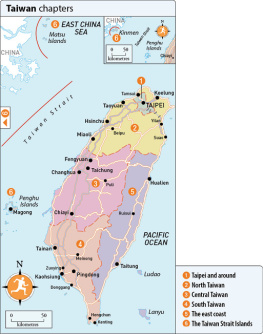
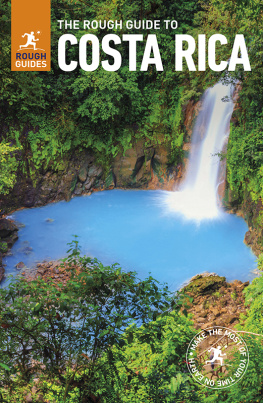


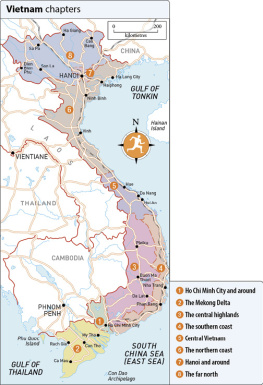

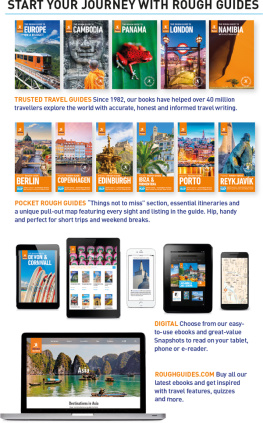

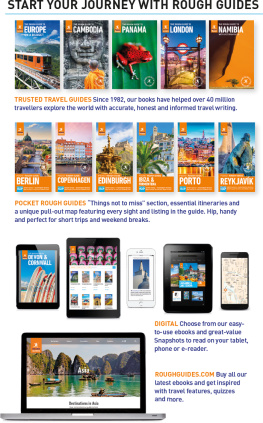

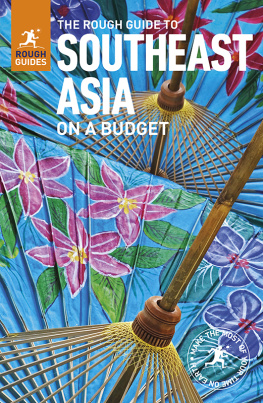
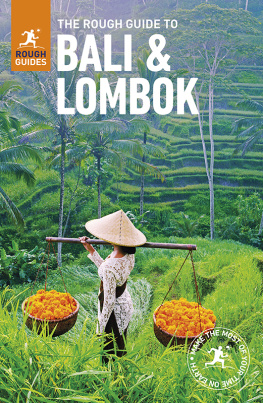

 . You can select your own favourites and create a personalized itinerary by bookmarking the sights, venues and activities that are of interest, giving you the quickest possible access to everything youll need for your time away.
. You can select your own favourites and create a personalized itinerary by bookmarking the sights, venues and activities that are of interest, giving you the quickest possible access to everything youll need for your time away.